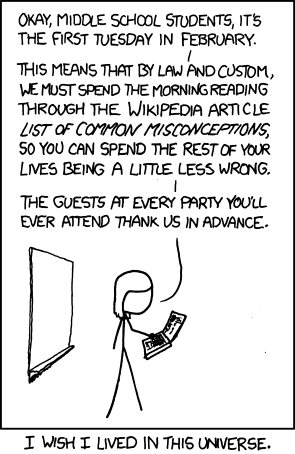The Lesson of GRACE:You can (and should!) read the entire text of his speech on his blog. Trust me; it is a much better use of the next five minutes than, say, reading this blog. This idea is really powerful and, though it is often relegated to the 'soft' side of teaching, is among the most important things to understand and apply in teaching and in life. Here are some ways in which this idea of grace manifests itself:
- Your accomplishments are NOT what make you a worthy human being.
- You learn this lesson when someone shows you GRACE: good things you didn't earn or deserve, but you're getting them anyway.
1. Dr. Steve Perry, principal of Capital Prep in Hartford, shows us on one of the TV One show Save My Son (check it out here, and keep in mind that I am somewhat obsessed with this show) that the most important step in talking with a young man who is currently on the wrong track is to establish trust by showing him that you value him as a person. For those of us who tend to dive into the issues ("I'm here to help you make better choices!"), it is great to have a model to follow in terms of simply asking what a kid is into. Do you like basketball? What's your favorite team? Do you love your mother? Where do you like to hang out? Why? Dr. Perry asks all of this without judgment, and makes it clear when he is asking kids to open up so that he can help them. Until this point, if a young man doesn't answer in a straightforward manner, Dr. Perry avoids the trap of pushing too hard too soon, and simply takes this as an indication that he has hit upon something that the young man doesn't want to discuss. In the meantime, the young man knows that he is sitting next to somebody who is giving him 100% of his attention. This means a lot especially in Dr. Perry's case: He is a principal (which I've heard can be a bit of a hard job), an author, a correspondent on CNN, a much-sought-after speaker (I heard him speak in Jacksonville) and a father of two. If you are a young person and know who Dr. Perry is, you know how important it is that he is giving you his undivided attention - but that's the catch: The young men on Save My Son don't seem to know who Dr. Perry is, and Dr. Perry himself doesn't make a big deal out of it. Just as his own accomplishments don't define him, he wants the young men he is trying to save that their actions to this point don't have to define them either.
 |
| Shawn Jackson, seen here speaking with Secretary of Education Arne Duncan and Congresswoman Corrine Brown |
- your behavior does not define who you are,
- as a person, you matter to me, and
- even when you are not at your best, I am happy to spend time with you.
3. Jeffrey Duncan Andrade is a high school teacher in East Oakland (see some of the beautiful and powerful stories at Roses In Concrete) who talks a lot about the need to connect with your students in an authentic way. He advocates living in the neighborhood in which you teach, and finding other ways to express to your students that you do not see yourself as better than them, or above them, in any way. He tells the story of offering a student his Subway footlong sandwich so the student wouldn't have to eat the not-so-tasty school lunch. This is his way of saying, "One of us is going to be hungry, and I'd rather it's not you." This is a segue to showing the child that you are going to be a part of his life forever, and that, as such, you're never going to give up on him. As Professor Su noted above, this favor wasn't earned - it is simply an act of grace.
4. Teachers can also exhibit grace in very small ways: In a lesson our math and science departments watched recently, star math teacher Nicky Berman of Achievement First Bushwick Middle School went through a thorough explanation, involved the class in coming to a shared understanding, and finally ended with, "Did that answer your question, Brandon?" This small addition to what was already a very complete explanation sent a very clear message to Brandon (and, by extension, to the rest of the class): I care about you, as an individual, and I want to make sure that you (not the generalized "every one of the students in this class") understand.
Here are our challenges for this week:
1. If you are a teacher, notice when you show a student grace. If you don't notice yourself doing it, try something.
2. If you're not a teacher, pick somebody who you think is feeling down and show him/her grace. This doesn't have to be fancy.
3. After this week, let us all know how it went. Did you find this natural? Did you struggle with it? What worked? What was the outcome?
Regardless of whether this goes well for you, or it doesn't quite turn out, please know, I - and those who stand with me - will still love you.
*Fun fact: Harvey Mudd was one of three colleges to which I applied, and the first to accept me. When I opened the acceptance letter, I remember telling my mom, "Well, looks like I'm going to college!" If I had gone to Harvey Mudd, I would have likely had Dr. Su as one of my professors, and I may have learned about grace a little sooner. Then again, I might ride a unicycle. I'm not sure how I feel about that.










